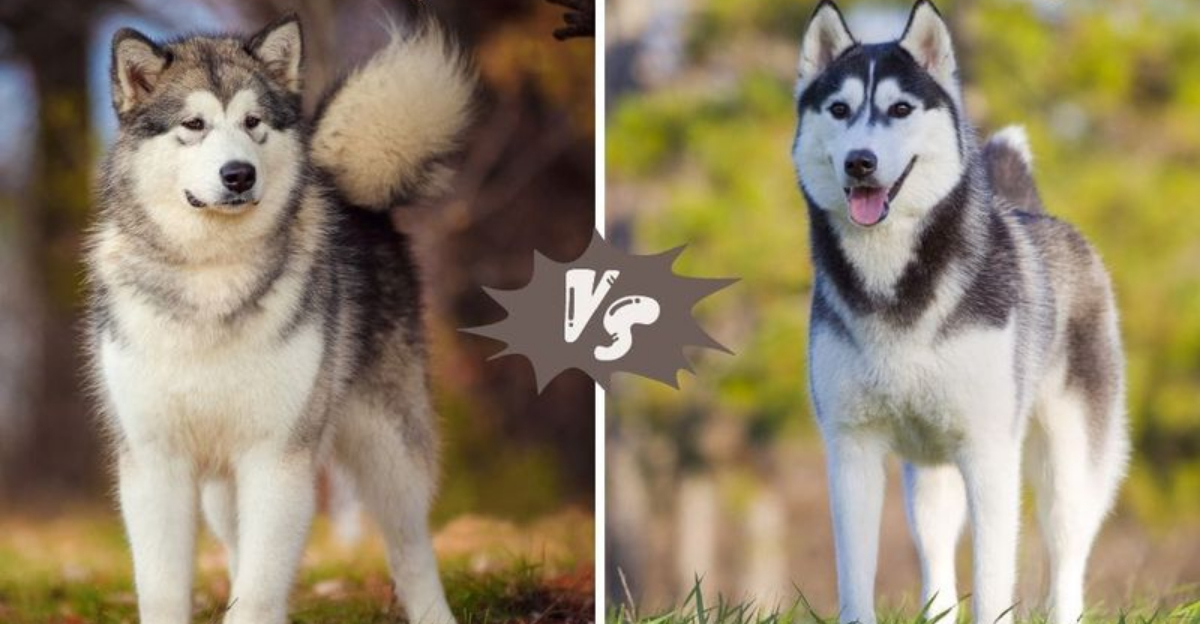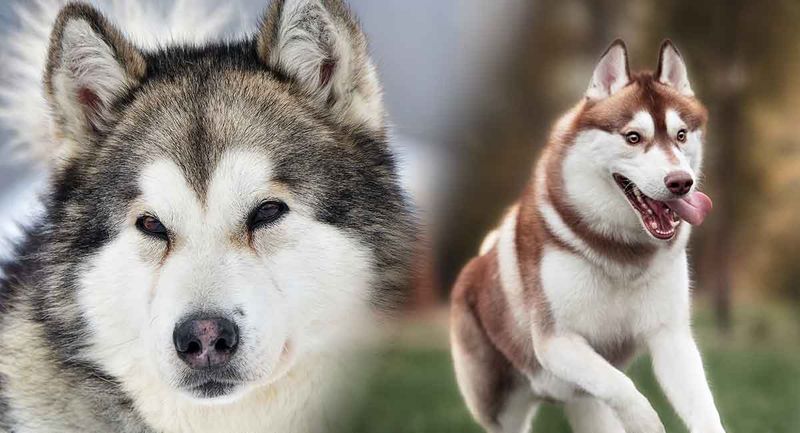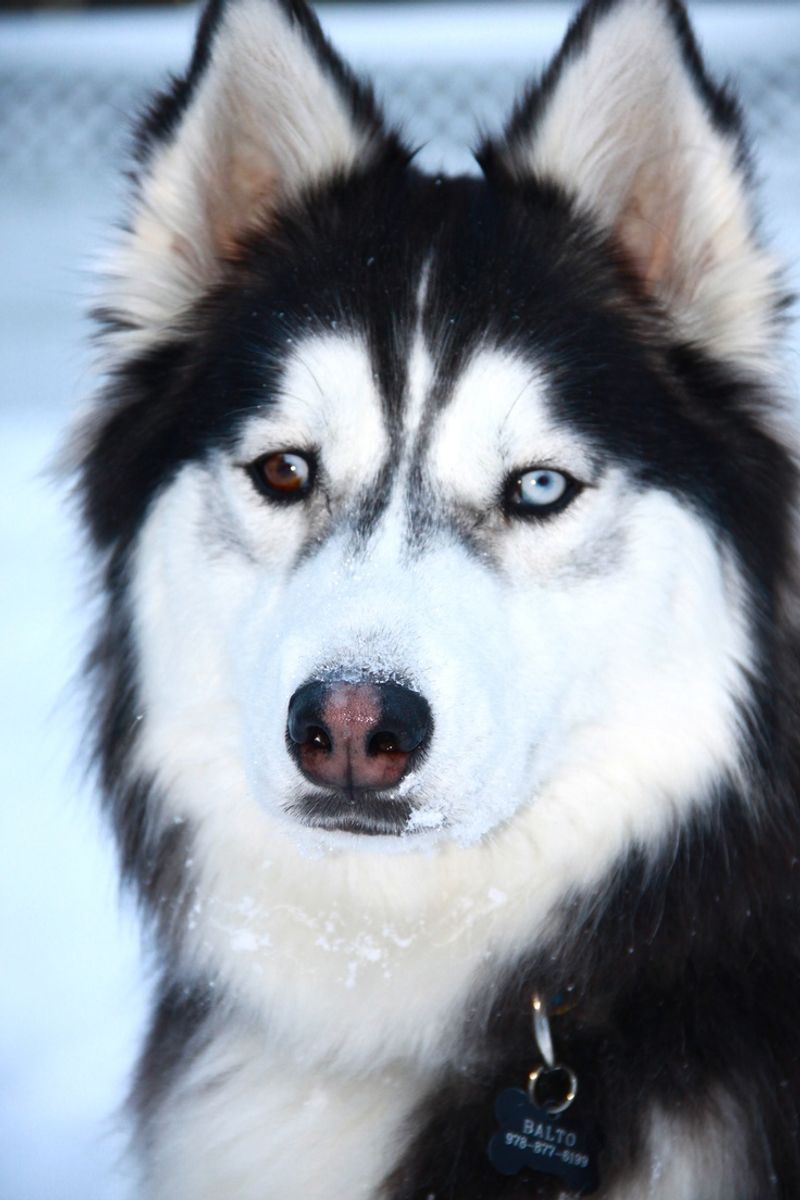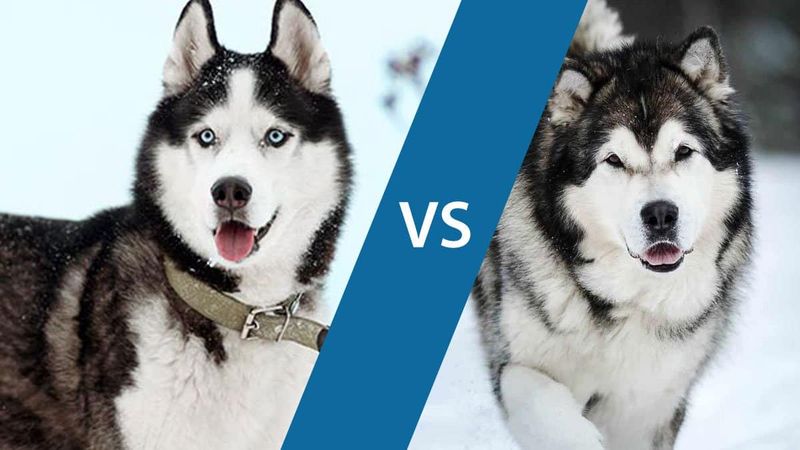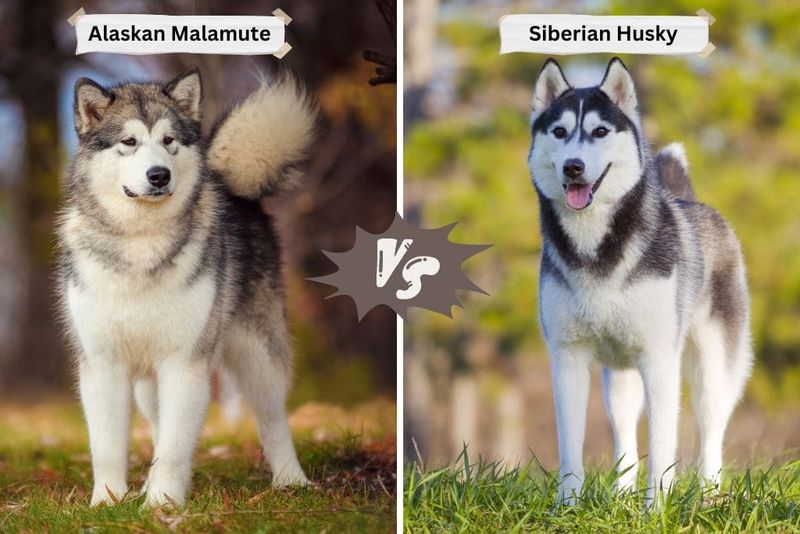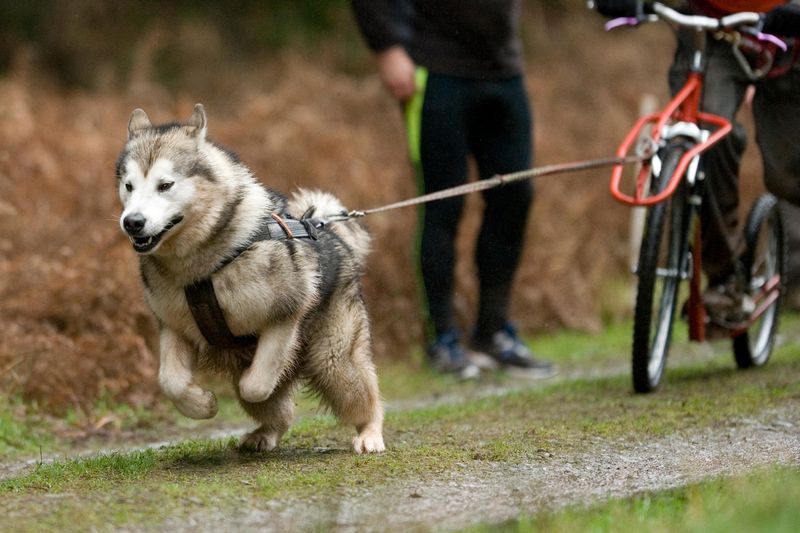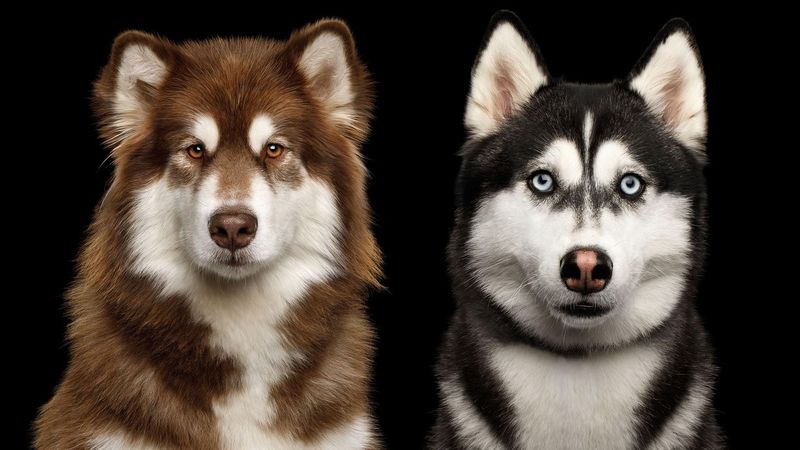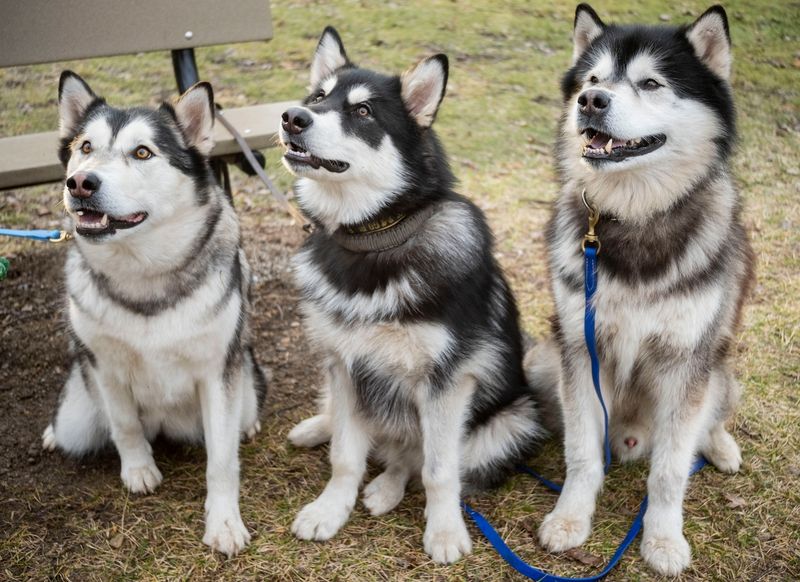Siberian Huskies and Alaskan Malamutes are two strikingly beautiful breeds that are often confused with each other. Though they may appear similar, these dogs have distinct characteristics and histories. Their differences span from their physical attributes to their temperaments and even their origins. This blog delves into ten key distinctions that set Siberian Huskies apart from Alaskan Malamutes, helping you appreciate the unique qualities of each breed. Whether you are a prospective dog owner or simply an enthusiast, understanding these differences is essential for making an informed choice or simply enjoying their individual charms.
Coat and Colors
Siberian Huskies sport a variety of coat colors, including black, gray, and red, often with striking facial markings. Their double coat is medium in length, providing insulation against cold. Alaskan Malamutes, on the other hand, generally have coats in shades of gray and black, with white undertones. Their coat is even denser and longer, suited for harsh Arctic conditions. This difference in coat texture and color not only serves their functional needs but also adds to their visual appeal. While both breeds require grooming, the Malamute’s thicker coat demands more attention.
Eye Color
One of the most captivating features of the Siberian Husky is its eye color. Huskies often have striking blue eyes, but they can also be brown or even bi-colored. This genetic trait is less common in Malamutes, who typically have warm brown eyes. The piercing gaze of a Husky can be both enchanting and mysterious, creating an intriguing aura around the breed. In contrast, the soulful eyes of a Malamute exude warmth and depth. These eye color differences not only contribute to their unique appearances but also enhance their charismatic personalities.
Temperament
Siberian Huskies are known for their energetic and playful nature. They thrive in environments where they can run and explore, making them great companions for active families. Alaskan Malamutes, while also energetic, have a more laid-back and dignified demeanor. They are known for their loyalty and can be more reserved than their Husky counterparts. These temperament differences mean that Huskies often require more mental stimulation and exercise, while Malamutes enjoy a balanced mix of activity and relaxation. Understanding these traits is crucial for providing the right environment for each breed.
Origin and History
The Siberian Husky hails from Siberia, where the Chukchi people bred them for sledding and companionship. Their history is rich with tales of endurance and speed, essential for survival in harsh climates. Alaskan Malamutes have their roots in Alaska, developed by the Inuit people for heavy sled pulling and hunting. Their history is one of strength and resilience, crucial for their role in Arctic exploration. Though both breeds have sledding in their lineage, their distinct origins have influenced their development and roles over time, shaping their unique characteristics and capabilities.
Lifespan
Siberian Huskies typically enjoy a lifespan of 12 to 15 years, making them a long-term commitment for pet owners. Alaskan Malamutes generally have a slightly shorter lifespan, averaging 10 to 14 years. This difference in lifespan is influenced by their size and genetic factors, with larger breeds often having shorter lifespans. Understanding these lifespan differences is important for prospective owners, as it affects long-term care and planning. Both breeds require regular veterinary check-ups and a healthy lifestyle to maximize their years, but the commitment might vary slightly between them.
Vocalization
Siberian Huskies are famously vocal, known for their howling rather than barking. This trait comes from their wolf ancestry and often leads to amusing conversations with their owners. Alaskan Malamutes, while also capable of howling, tend to bark more and have a quieter overall demeanor. These vocalization differences add to the unique experiences of owning either breed. Huskies might engage in more ‘talkative’ behavior, which can be entertaining but also requires patience. Understanding and appreciating these vocal habits is part of the joy and challenge of having these fascinating dogs.
Size and Build
The Siberian Husky is nimble and sleek, typically weighing between 35 to 60 pounds. In contrast, the Alaskan Malamute is built for strength, often tipping the scales at 85 to 100 pounds or more. This difference in size is not just about weight; the Malamute also has a broader chest and a more muscular frame. Such a robust build makes Malamutes excellent working dogs, particularly for heavy sled pulling. The size variation also reflects their historical roles, with Huskies bred for speed and Malamutes for endurance and power. This fundamental difference in build influences their abilities and care needs.
Exercise Needs
Siberian Huskies are high-energy dogs that require ample exercise to stay healthy and happy. They enjoy running, playing, and exploring, needing plenty of space and activity. Alaskan Malamutes also need regular exercise but are more content with moderate activity like hiking or long walks. This difference in exercise needs can influence the suitability of each breed for different lifestyles. Active individuals or families may find a Husky to be the perfect match, while those preferring a more balanced activity level might opt for a Malamute. Recognizing these needs is vital for a harmonious relationship with these dogs.
Training Challenges
Training a Siberian Husky can be both rewarding and challenging due to their independent nature. They are intelligent but often stubborn, requiring consistent and patient training methods. Alaskan Malamutes, while also intelligent, tend to be more willing to please, making them slightly easier to train. These training differences stem from their historical roles and temperaments. Huskies may test boundaries, needing creative and engaging training sessions, while Malamutes respond well to positive reinforcement. Understanding these challenges and adapting training methods accordingly is key to a successful relationship with either breed.
Social Interaction
Siberian Huskies are social butterflies, enjoying the company of other dogs and people. They thrive in environments where they can interact and play, often forming strong bonds with their pack. Alaskan Malamutes are also social but can be more reserved, preferring the company of their human family. While they get along with other dogs, they are more independent in their social interactions. These differences in social behavior mean that Huskies often enjoy social settings, while Malamutes are content with quieter companionship. Recognizing these traits helps in providing the right social environment for each breed.
